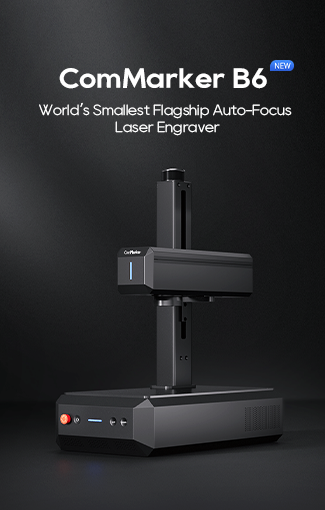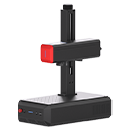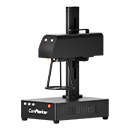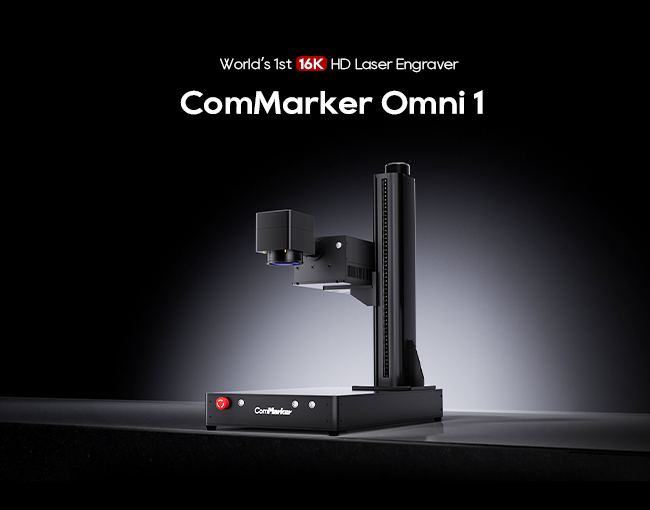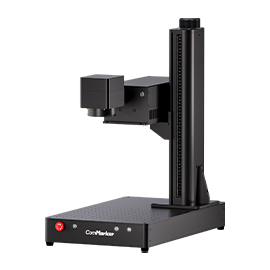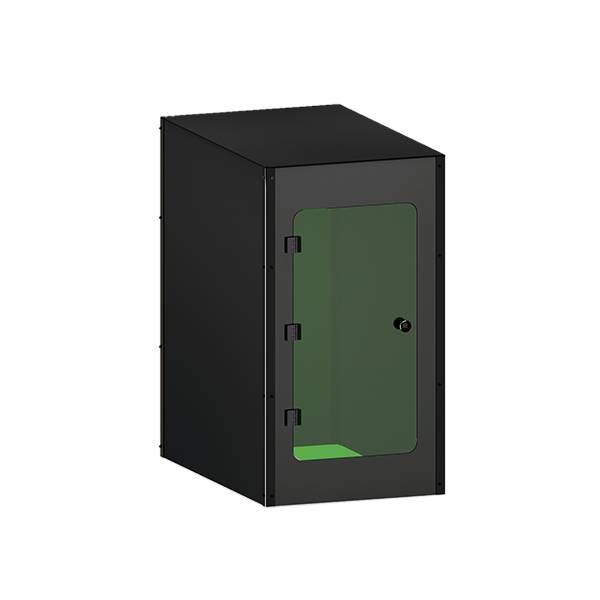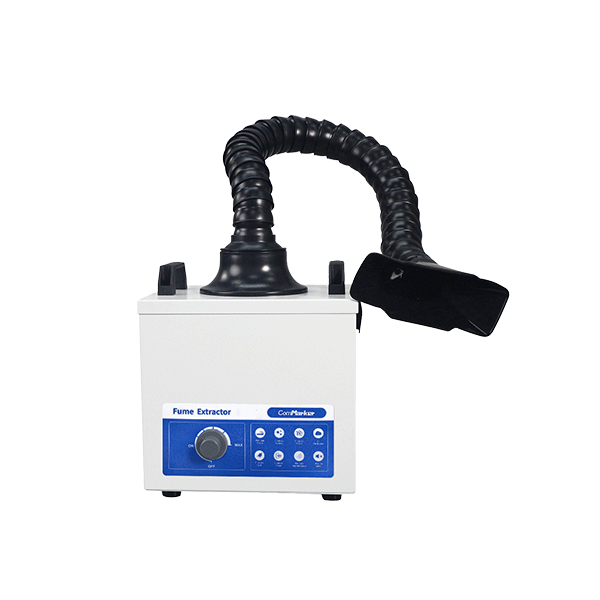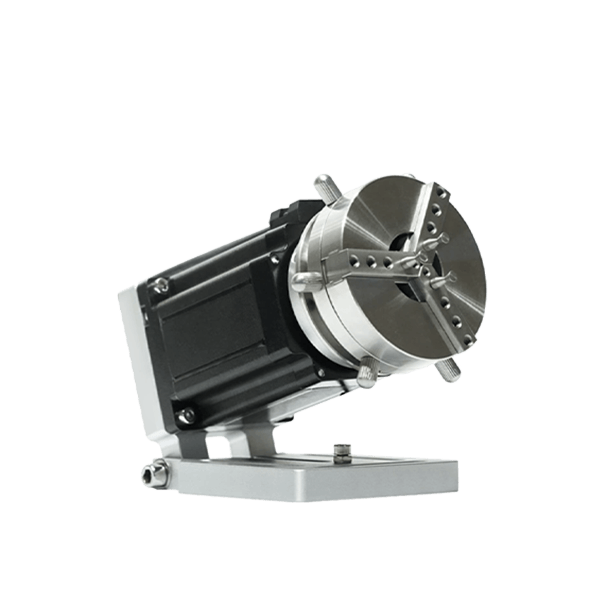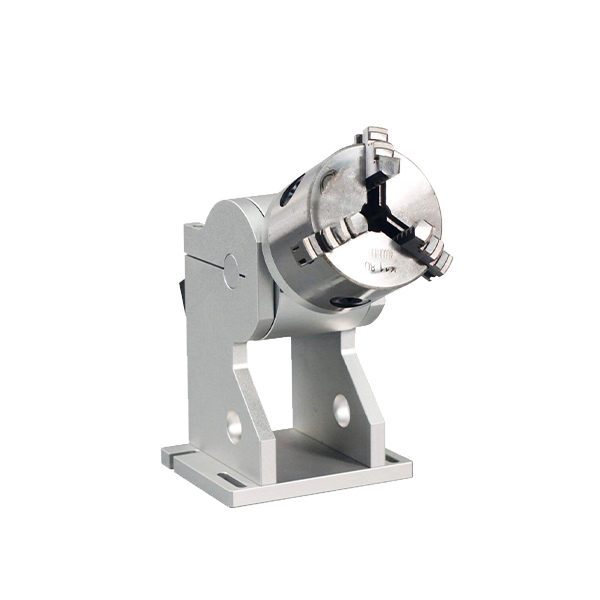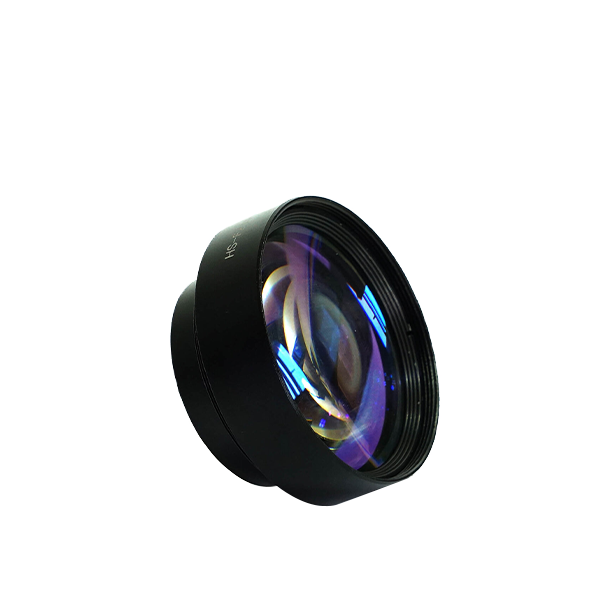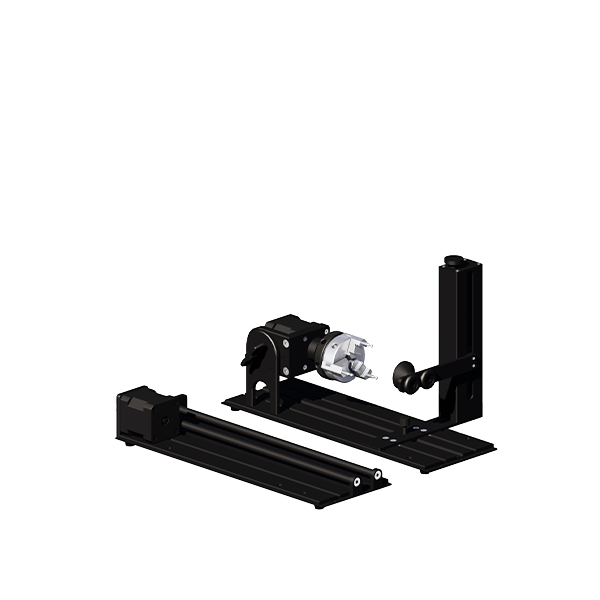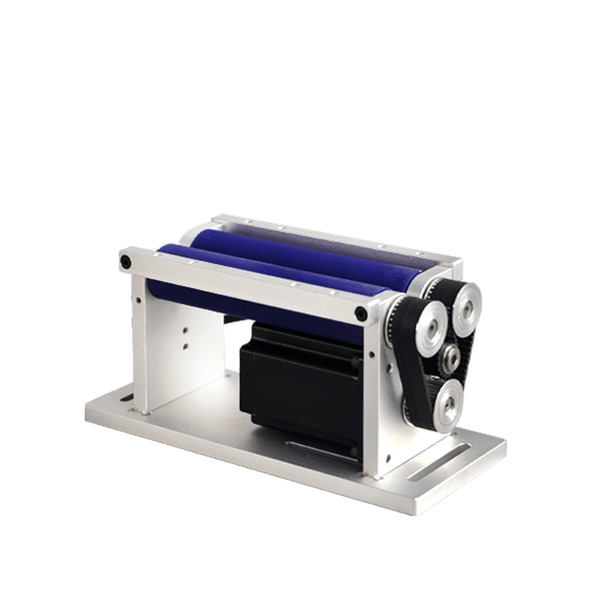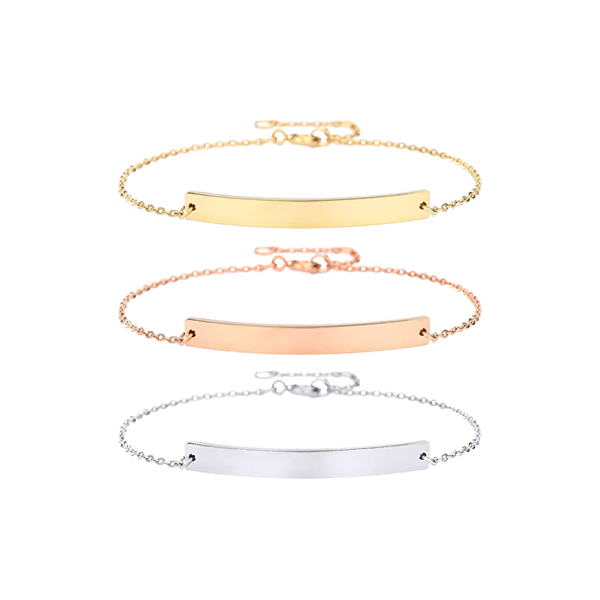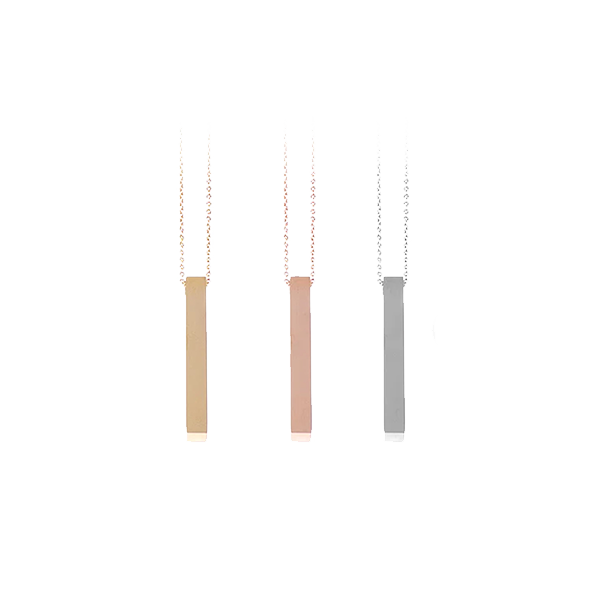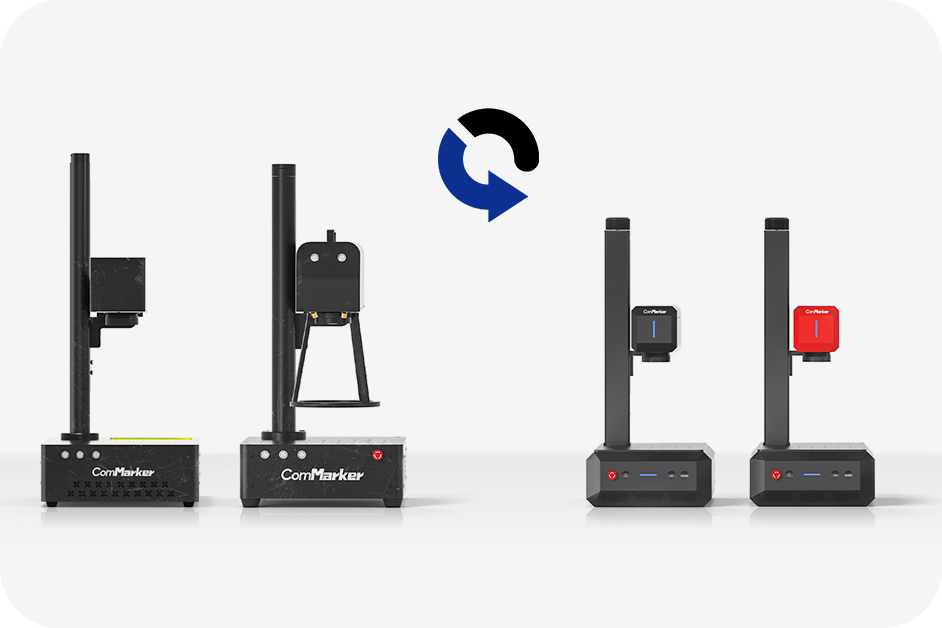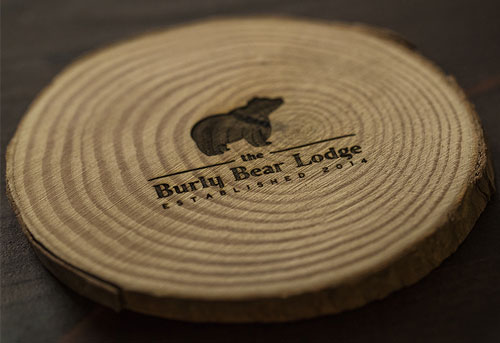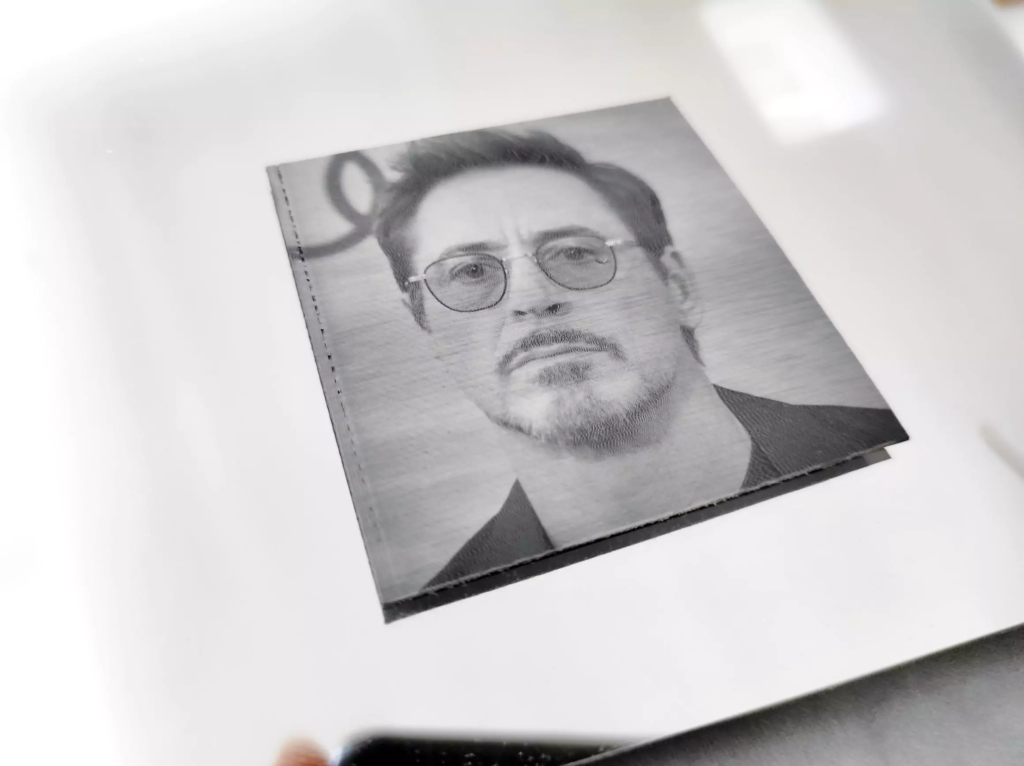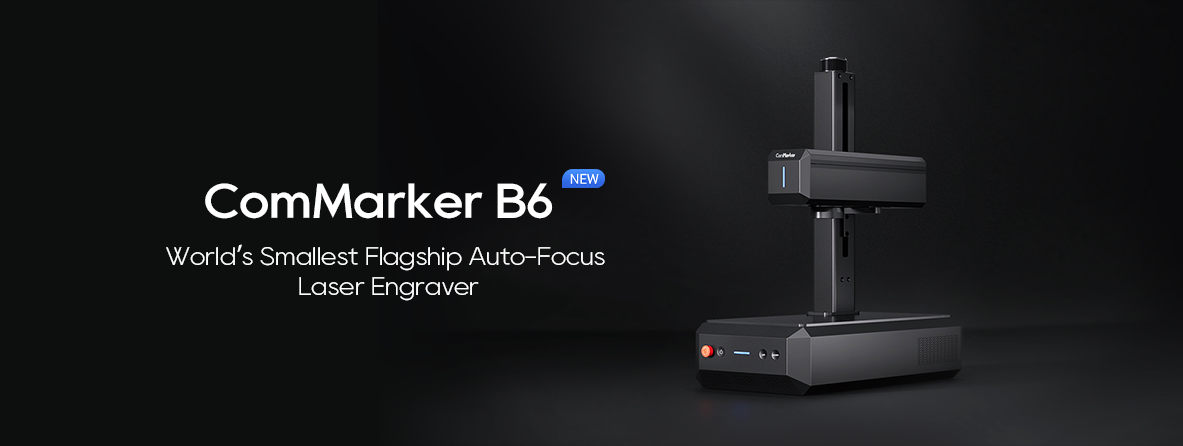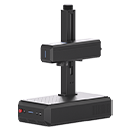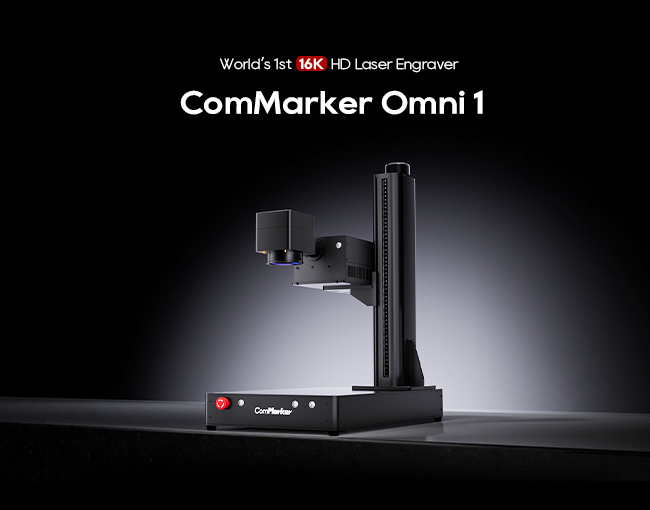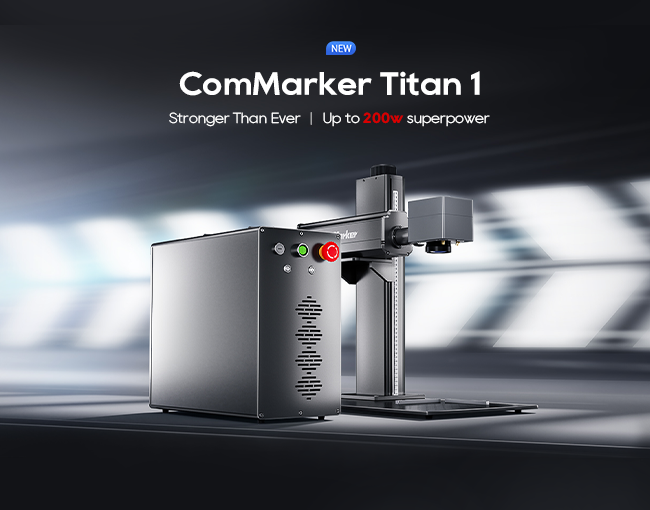Creating dark or black laser engravings across various materials requires understanding both the material properties and the laser settings. Whether you’re working with wood, metal, glass, or other materials, achieving a dark engraving often involves precise control over laser power, speed, and focus, as well as additional finishing techniques.
Table of Contents
1. Understanding the Basics of Laser Engraving
Laser engraving involves using a concentrated beam of light to etch designs onto a surface by vaporizing or burning away material. The darkness of the engraving largely depends on the material’s reaction to the laser. For some materials, the heat generated by the laser causes charring or oxidation, resulting in a darker appearance. The key to making laser engravings black is to manipulate this reaction effectively.
2. Wood
Wood is one of the most common materials for laser engraving. The natural charring effect of the laser on wood is often used to achieve darker engravings.
Techniques for Achieving Dark Engravings on Wood:
- Masking: Apply a masking material (like painter’s tape) over the wood before engraving. This helps to protect the surrounding areas and focuses the burn to achieve a darker color. After engraving, remove the masking to reveal the darkened design.
- Laser Settings: Lower the laser power and slow down the engraving speed to allow more time for the laser to char the wood. This creates a deeper, darker burn.
- Defocusing the Laser: Slightly defocus the laser to increase the beam diameter. This spreads the energy over a larger area, increasing the heat and causing more charring, resulting in a darker burn.
- Multiple Passes: Engraving the same area multiple times can deepen the burn and darken the engraving. However, this can also cause more material removal, so it’s important to adjust the settings to balance depth and darkness.
- Post-Processing: After engraving, applying a finish, like linseed oil or wax, can enhance the contrast and deepen the color of the engraved area.
3. Metal
Metal engraving often produces a different effect depending on the type of metal and the laser used.
Techniques for Achieving Dark Engravings on Metal:
- Fiber Laser with Annealing: Using a fiber laser on metals like stainless steel can create a dark, oxidized layer on the surface without removing much material. This process, known as annealing, is done by adjusting the laser power and speed to generate heat without vaporizing the metal.
- Using Laser Marking Spray: Applying a special laser marking spray (like CerMark or LaserBond) before engraving can result in a dark or black engraving. The spray reacts with the laser to create a high-contrast mark on the metal surface.
- Adjusting Focus: Similar to wood, slightly defocusing the laser can increase the heat across a larger area, enhancing the darkening effect. This technique is particularly useful on metals that do not easily oxidize.
- Multiple Passes with Cooling: Running the laser over the same area multiple times with cooling intervals can help to achieve a darker engraving. The cooling allows the material to react more effectively with each pass, enhancing the darkening effect.
4. Glass
Glass engraving typically results in a frosted or white appearance, but there are techniques to achieve a darker look.
Techniques for Achieving Dark Engravings on Glass:
- Laser Settings: Engraving glass at a lower speed with higher power can sometimes cause the material to heat up enough to create a darker appearance due to microfracturing, but this must be done carefully to avoid shattering.
- Coating with Paint: Applying a dark paint or ink over the engraved area can enhance the contrast. After engraving, the paint fills in the engraved areas, making them appear darker. This is often done with a masking technique, where the unengraved areas are protected from the paint.
- Acrylic Paste: Before engraving, applying an acrylic paste to the glass can result in a darker, more defined engraving. The paste reacts with the laser, creating a colored mark.
5. Plastic and Acrylic
Plastics and acrylics often engrave white or clear, but with the right techniques, darker engravings can be achieved.
Techniques for Achieving Dark Engravings on Plastic and Acrylic:
- Using Colored Acrylics: Engraving on darker or colored acrylics can naturally produce darker engravings. The contrast between the engraved and non-engraved areas creates a blackened appearance.
- Laser Settings: Adjusting the power and speed settings is key. Higher power and slower speed can char the plastic, making the engraving darker. However, this must be done carefully to avoid melting or warping the material.
- Coating: Applying a laser-friendly coating (similar to metal marking sprays) can help create a darker engraving on plastic. The coating reacts with the laser to produce a black mark.
- Defocusing the Laser: As with other materials, slightly defocusing the laser can increase the heat, leading to a darker burn.
6. Leather
Leather engraves well with lasers, and achieving a dark engraving is relatively straightforward.
Techniques for Achieving Dark Engravings on Leather:
- Masking and Engraving: Similar to wood, applying a masking material to leather before engraving can focus the heat and darken the engraved area. Removing the masking after engraving reveals the darker mark.
- Laser Settings: Using lower speed and moderate power settings will allow the laser to burn the leather more deeply, resulting in a darker appearance.
- Post-Engraving Treatments: After engraving, applying a leather dye or burnishing the engraved area can enhance the darkness and overall contrast of the design.
7. Stone
Stone, like granite and marble, often engraves with a white or gray appearance, but darker engravings are possible.
Techniques for Achieving Dark Engravings on Stone:
- Using Black Stone: Engraving on black or dark-colored stones can naturally produce a high-contrast, darker engraving.
- Laser Settings: Slower speeds and higher power settings can increase the depth and darkness of the engraving, especially on softer stones like marble.
- Color Filling: After engraving, applying a black paint or ink to the engraved area can create a more pronounced, darker appearance. This is especially useful for light-colored stones.
- Masking: Using a mask during engraving can help to contain the engraving to specific areas, allowing for more precise and darker burns.
8. Tips for Consistency
- Test Runs: Always perform test engravings on a scrap piece of the material. This allows you to fine-tune the laser settings for optimal darkness without damaging the final product.
- Material Variability: Keep in mind that even within the same material type, different batches can react differently to laser engraving. Factors such as moisture content in wood or composition variations in metal can affect the outcome.
- Maintenance: Regularly maintain your laser engraver to ensure consistent performance. Clean lenses and mirrors, and ensure proper alignment to avoid variations in engraving results.
9. Conclusion
Achieving dark or black laser engravings across various materials involves a combination of laser settings, material selection, and post-processing techniques. Whether you’re working with wood, metal, glass, plastic, leather, or stone, understanding how these factors interact allows you to create high-contrast, visually appealing engravings that stand out.
By mastering these techniques and applying them to different materials, you can significantly expand your engraving capabilities, offering more variety and quality in your laser-engraved products. Whether you’re engraving for artistic purposes, personalized gifts, or industrial applications, knowing how to control the darkness of your engravings will enable you to deliver results that meet or exceed your expectations.




